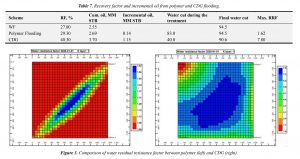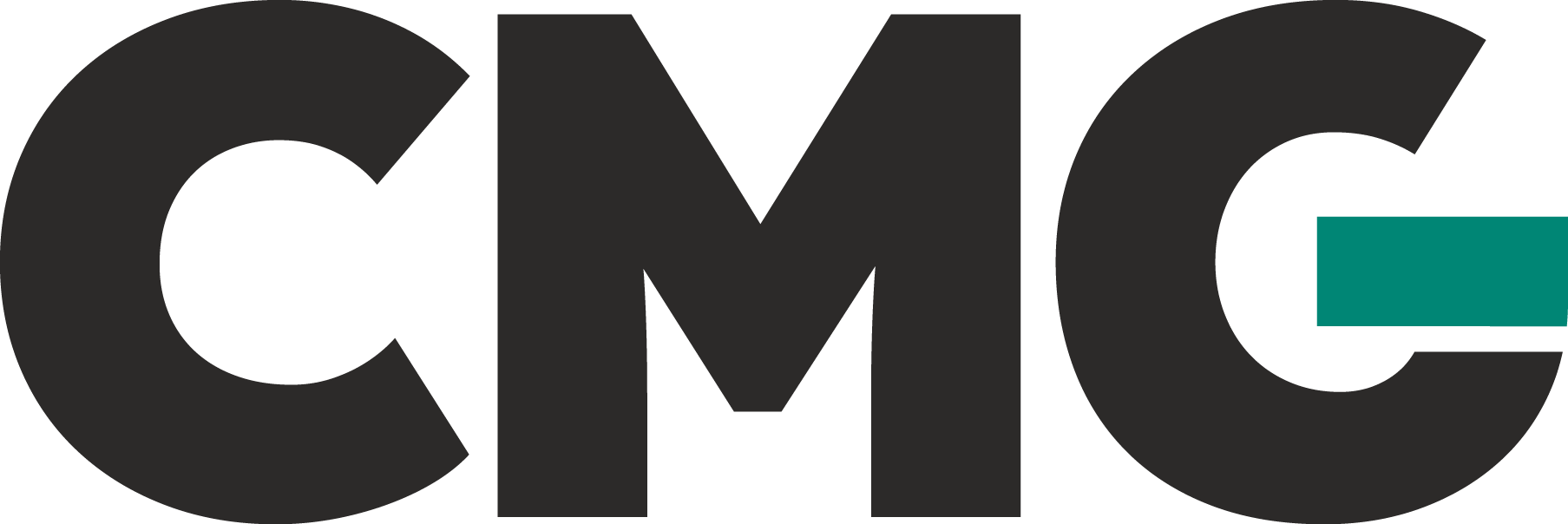Investigating the Propagation of the Colloidal Dispersion Gel (CDG) in Thick Heterogeneous Reservoirs Using Numerical Simulation
CMG软件的应用情况
中文作者单位
Abstract: Over the last few decades, there has been a dispute regarding the ability of colloidal dispersion gels (CDG) to improve sweep efficiency more than polymer flooding. In this study, a numerical model was built using the CMG-STARS simulator to investigate the behavior of injecting 0.1 PV of CDG slug into one quarter of inverted nine-spot pattern. This slug was composed of 0.1 wt. % HPAM polymer solution with a polymer-to-crosslinker ratio (P/X) of 50/1. The model was represented by a thick heterogeneous reservoir with high water cut caused by high heterogeneity and adverse mobility ratio.
Different experimental results from published literatures have been implemented in the numerical model to study the effect of these parameters on the propagation of the CDG. The results confirmed that CDG could propagate deep into the thief zones and reduce their permeability more than polymer solution. Moreover, the results showed that the shear-thinning behavior of CDG could assist the selective penetration into the high-permeability streaks only, thus reducing the cost of isolating the thief zones by mechanical methods. In addition, the results showed that the wettability had tremendous effects on the treatment. Therefore, the water-wet system yielded higher results with less damage to the low-permeability layers compared to the oil-wet system. The results showed an overestimation of the performance of post-treatment water when considering irreversible adsorption of CDG. However, the prolonged injection of post-treatment water would not remove the permeability reduction caused by CDG flooding, even with reversible adsorption. The results revealed that the higher the degradation of the CDG, the lower the recovery factor. The results showed the importance of considering a combination injection of polymer and CDG. The results also revealed that the higher the salinity of the reservoir brine and/or the makeup water, the lower the recovery factor. In addition, as the polymer/crosslinker ratio increases, the recovery factor decreases, while as the polymer hydrolysis increases, the recovery factor and residual resistance factor increases.
Keywords: Colloidal Dispersion Gel, Heterogeneous Reservoirs, Numerical Simulation, In-Depth Treatment


